Introduction: Why Small Lawns Deserve Smart Mowing Solutions
For many Canadian homeowners, maintaining a small lawn can feel like a simple task, but choosing the right mower is still crucial for achieving the best results. Whether you live in a city townhouse with a tiny front yard or a suburban home with a modest patch of grass, finding the ideal mower for your small lawn makes a significant difference in both convenience and lawn health.
In recent years, a variety of options have emerged, ranging from manual push mowers to advanced robotic mowers. Each type comes with unique benefits that cater to specific needs. In this guide, we’ll break down the best mowing solutions for small lawns and explore how to choose a mower that aligns with your lifestyle, budget, and lawn care goals.
Understanding Small Lawn Needs: Size, Terrain, and Lifestyle
Choosing the best mower for a small lawn isn’t just about the size of the grass area—it’s also about how that space is used and what conditions it presents. In Canada, a small lawn typically ranges from 1,000 to 4,000 square feet. That might seem manageable, but even in a compact space, factors like tight landscaping, trees, flower beds, slopes, and narrow access points can greatly affect what kind of mower will work best.
Terrain and Obstacles of Lawn and Lifestyle Considerations
A flat, open patch of grass might be well-served by a manual reel mower, while a lawn with hills or irregular borders may benefit from the agility of a robotic or battery-powered mower. Equally important is your lifestyle. Are you someone who enjoys the ritual of weekend mowing, or do you prefer a hands-off solution that frees up your time?
Canadian homeowners also have to factor in seasonal changes. Snowy winters mean storage and weather resistance are important considerations for any mower type. Understanding how your specific lawn and lifestyle intersect is the first step to choosing a mowing solution that saves you time, reduces effort, and supports a healthier, better-looking lawn year-round.
Exploring Mower Options for Small Lawns
When it comes to mowing a small lawn, not all mowers are created equal. Each type has its strengths and trade-offs, and your ideal choice will depend on what matters most to you—cost, effort, maintenance, or convenience.
Manual Reel Mowers:
Manual reel mowers are a traditional, eco-friendly option. They’re quiet, inexpensive, and perfect for flat, open, and very small lawns. However, they require regular mowing and physical effort, making them less ideal for sloped or uneven terrain.

Corded Electric Mowers:
Corded electric mowers are lightweight, low-maintenance, and ideal for small urban yards—if you don’t mind maneuvering around an extension cord. Their biggest limitation is range, which can be frustrating in tighter spaces with obstacles or multiple zones.
Battery-Powered Mowers:
Battery-powered mowers offer more freedom and are becoming increasingly popular. They’re quieter than gas models, easy to start, and good for lawns up to 4,000 square feet. The downside? Limited battery life and the need for regular charging or battery replacement.
Robotic Lawn Mowers:
Robotic lawn mowers, meanwhile, represent the most advanced—and convenient—solution. Perfect for homeowners who want consistent, hands-free maintenance, these mowers can handle daily trims, navigate around obstacles, and even work in the rain. While they come with a higher upfront cost, the long-term time savings and improved lawn health make them a compelling option for busy families or tech-savvy users.
The best mower for a small lawn ultimately depends on how much time you want to invest, the complexity of your lawn layout, and your comfort with automation or manual tools.
Comparison Table: Mower Types for Small Lawns (Canadian Context)
|
Feature |
Manual Reel Mower |
Corded Electric Mower |
Battery-Powered Mower |
Robotic Lawn Mower (e.g. Mammotion) |
|
Best for Lawn Size |
Up to 2,000 sq ft |
Up to 3,000 sq ft |
Up to 4,000 sq ft |
Up to 5,000+ sq ft (model dependent) |
|
Terrain Suitability |
Flat, open areas |
Flat, few obstacles |
Slight slopes, moderate terrain |
Complex, sloped, obstacle-rich lawns |
|
Ease of Use |
Manual effort required |
Easy, but limited by cord |
Moderate (push with power) |
Fully automatic, set-and-forget |
|
Noise Level |
Very low |
Low |
Low |
Very low (often under 60 dB) |
|
Maintenance Needs |
Very low |
Low |
Medium (battery care) |
Low (auto updates, occasional cleaning) |
|
Eco-Friendliness |
100% manual, zero emissions |
Low emissions |
Battery = clean, recyclable |
Energy-efficient and emission-free |
|
Initial Cost |
Low ($100–$300) |
Low to mid ($150–$5000) |
Mid ($300–$1,000) |
High ($1,000–$5,000+) |
|
Time & Effort Required |
High (manual pushing) |
Medium (cord management) |
Low to medium |
Very low (fully autonomous) |
|
Storage Requirements |
Very compact |
Compact |
Compact |
Requires base station (weatherproof ideal) |
|
Winter Storage Needs |
Indoors recommended |
Indoors |
Indoors |
Indoors or outdoor-rated dock |
|
Ideal User Profile |
Budget-conscious, hands-on |
Simple, small-space users |
Busy users, light tech comfort |
Tech-savvy, convenience-focused |
Robotic Mowers: A Smart Choice for Small Canadian Lawns
Advantages of Robotic Mowers
Time-Saving Automation: Robotic lawn mowers are a game-changer for homeowners with small lawns who want professional-looking results with minimal effort. Once installed, the mower works on its own—trimming your lawn daily or on a scheduled basis—so you can spend more time enjoying your yard instead of maintaining it.
Healthier Lawn Through High-Frequency Mowing: Robot mowers ensure a consistently neat appearance by cutting only a few millimetres at a time, encouraging dense, healthy growth and eliminating the mess of long clippings. Many models, including Mammotion’s lineup, use a mulching system that returns nutrients to the soil, reducing the need for chemical fertilizers.
Quiet, Eco-Friendly: Robotic mowers are also extremely quiet, often operating below 60 decibels, making them ideal for suburban neighbourhoods or early morning/late evening use. Environmentally, they’re electric and emission-free, offering a sustainable alternative to gas-powered mowers while consuming very little energy.
Considerations for Buying Robotic Mowers
Initial Purchase Cost: While robotic mowers offer impressive benefits, there are a few practical considerations to keep in mind. The initial purchase cost is higher than that of conventional mowers—especially for high-quality models with advanced features like GPS mapping and app control. However, this cost is often offset by savings in time, fuel, and maintenance over the long term.
Installation and Setup: It may require some planning. Some models use GPS or vision-based navigation, while others still rely on boundary wires. It’s important to ensure that the mower’s system is compatible with your yard’s layout and obstacles.
Lastly, not all robotic mowers are created equal when it comes to terrain. Make sure to choose a model that can handle the complexity of your lawn, whether it includes slopes, narrow passageways, or multiple zones. High-end models like Mammotion are designed with these challenges in mind.
Comparative Analysis: Matching Mower Types to User Profiles
No two homeowners are alike—and that’s especially true when it comes to lawn care. For Canadians with small lawns, the “best” mower often depends more on the user than the yard. Below are common user profiles and which mower types suit them best:
1. The Traditionalist (Hands-On, Budget-Minded)
If you enjoy physical activity and don’t mind putting in some effort, a manual reel mower is cost-effective and eco-friendly. It’s ideal for flat, open lawns and those who prefer a low-tech, quiet option.
2. The Urban Minimalist (Tidy, Simple, Compact)
Living in a city with a tiny yard? A corded electric mower offers a low-maintenance, no-fuss solution. It’s lightweight, clean-running, and great for homeowners who mow infrequently and don’t want to deal with gas or batteries.
3. The Busy Parent or Professional
Don’t have time to mow, or just want one less chore? A robotic mower is ideal. Set it up once, and let it work in the background. It’s perfect for families juggling work, kids, and a busy schedule—especially if you want your lawn to always look freshly cut.
4. The Eco-Conscious Tech Enthusiast
If you value smart home integration and environmental impact, go for a robotic mower with app control and GPS mapping. Brands like Mammotion offer models that align with a sustainable, connected lifestyle.
Top Picks: Recommended Mowers for Small Lawns in Canada
Based on the Canadian market for lawn mowers, we recommend some models that are perfect for smaller lawns.
A. Manual Reel Mower
Example: Gardena Comfort Hand Cylinder 400C — lightweight and precise for flat lawns.
For those who enjoy the simplicity of manual mowing and have a small, flat lawn, the Gardena Comfort Hand Cylinder 400C is a standout choice. It features a contact-free cutting system, making it impressively quiet and easy to push. With a cutting width of 15.7 inches and adjustable height settings, it's ideal for homeowners who want a clean cut without dealing with fuel, noise, or cords. It’s also widely available across Canada at retailers like Canadian Tire and Home Depot.
B. Battery-Powered Mower
Example: Greenworks 25322 — compact design with sufficient battery life for small yards.
The Greenworks 25322 16-Inch Cordless Lawn Mower is one of the most recommended options for small lawns under 4,000 sq ft. It runs on a 40V lithium-ion battery and provides up to 45 minutes of runtime. Its compact size and 5-position height adjustment make it extremely versatile for small spaces, and it folds easily for vertical storage—ideal for tight Canadian garages or sheds.
C. Robotic Mower
Example: Mammotion YUKA Mini 600 — designed for small lawns with advanced navigation features.
If you're ready to automate your lawn care, the Mammotion YUKA Mini 600 is engineered specifically for small, complex lawns. With RTK-GPS navigation and obstacle avoidance, it provides precise and efficient mowing even in irregular spaces. It’s ideal for Canadian homeowners seeking a hands-free solution with smart features like app control, scheduling, and auto recharge.
Conclusion: Make the Right Cut for Your Lawn and Lifestyle
Choosing the right mower for a small lawn isn’t just about cutting grass—it’s about making your life easier, your lawn healthier, and your time better spent. Whether you prefer the simplicity of a manual reel mower, the plug-and-play efficiency of an electric model, or the futuristic convenience of a robotic mower, there’s a solution that fits your yard and your lifestyle.
For those who want a hands-off, always-perfect lawn, robotic mowers like Mammotion models offer unmatched ease and precision—especially in the complex, compact spaces typical of Canadian urban and suburban yards.
The right mower is the one that works for you—not the other way around. By understanding your lawn’s needs and your own preferences, you can make a confident choice that keeps your grass green and your weekends free.
Frequently Asked Questions
1. What is the best type of lawn mower for a small lawn in Canada?
For small lawns, robotic mowers like the Mammotion YUKA Mini 600 offer the most convenience, while battery-powered mowers such as the Greenworks 25322 provide portability and ease of use. Manual reel mowers are also great for flat, low-maintenance lawns on a budget.
2. Can robotic lawn mowers handle Canadian weather conditions?
Yes, most modern robotic mowers, like Mammotion models, are built to withstand light rain and seasonal temperature changes. However, it's best to store them indoors during harsh winter months for prolonged protection.
3. How much lawn can a robotic mower cover?
Robotic mowers vary in coverage. For example, the Mammotion YUKA Mini 600 is ideal for lawns up to 800m², while larger models can handle more expansive yards.
4. How long does the battery last on a robotic lawn mower?
The battery life depends on the model and yard size. Generally, a fully charged robotic mower can run for 60–90 minutes. High-end models like the Mammotion YUKA can return to their charging station and resume mowing once recharged.
5. Are robotic mowers safe for pets and children?
Yes, robotic mowers have built-in safety features such as collision sensors and emergency stop mechanisms that stop the blades when the mower is lifted or when it encounters an obstacle like a pet or child.
6. What maintenance does a robotic lawn mower require?
Maintenance for robotic mowers is minimal. Regularly clean the mower, sharpen or replace the blades as needed, and ensure the charging station is functioning properly. Some models also require software updates from time to time.
7. Can I control my robotic mower via an app?
Yes, many robotic mowers, including the Mammotion robot lawn mower, offer smartphone app controls, which allow you to set mowing schedules, track mowing progress, and customize settings from your mobile device.
8. Are robotic mowers energy-efficient?
Yes, robotic mowers are very energy-efficient. They run on rechargeable lithium-ion batteries, consume minimal power, and typically use less energy than gas-powered mowers, making them a more sustainable choice.
9. How does a robotic mower navigate my lawn?
Robotic mowers use a variety of technologies for navigation, including boundary wires, GPS systems, and sensors. These systems help them navigate around obstacles, avoid lawns edges, and ensure thorough coverage of your yard.
10. How do I install a robotic mower in my yard?
Installation usually involves setting up a boundary wire (or using GPS for wire-free models) around the perimeter of your yard. You'll also need to place the charging station in a sheltered location. Detailed installation instructions are provided by the manufacturer, and many companies offer customer support.


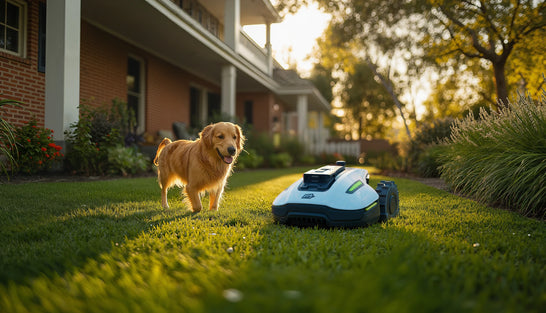
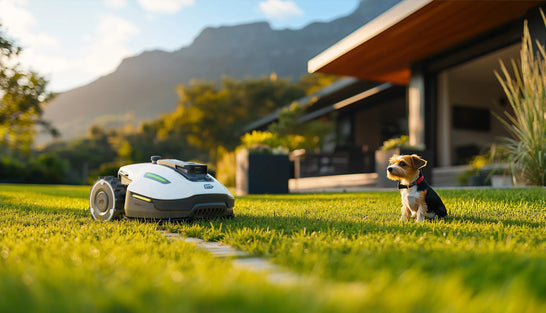
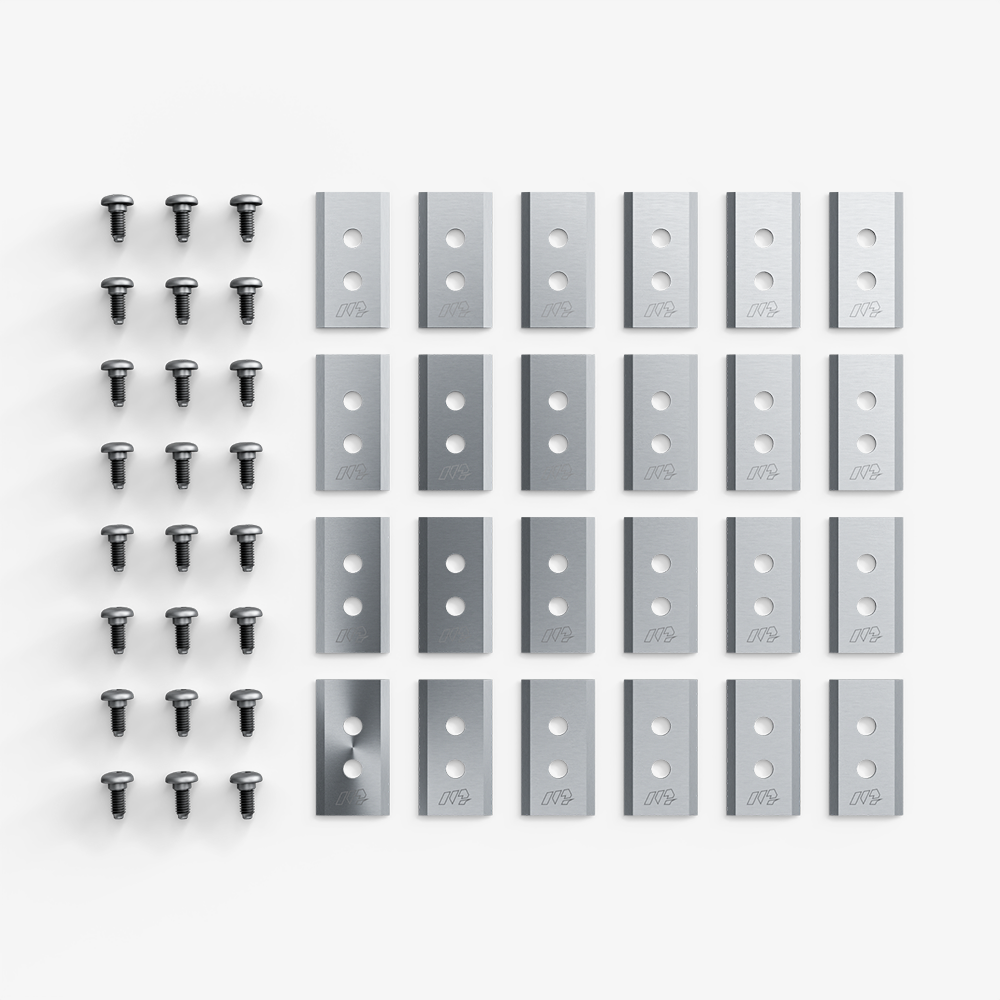
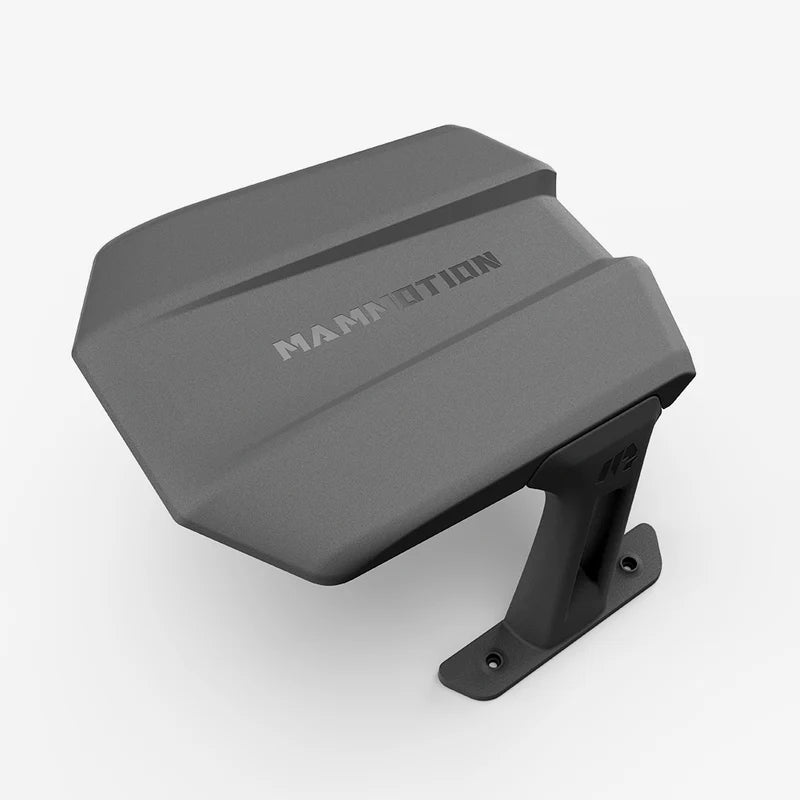
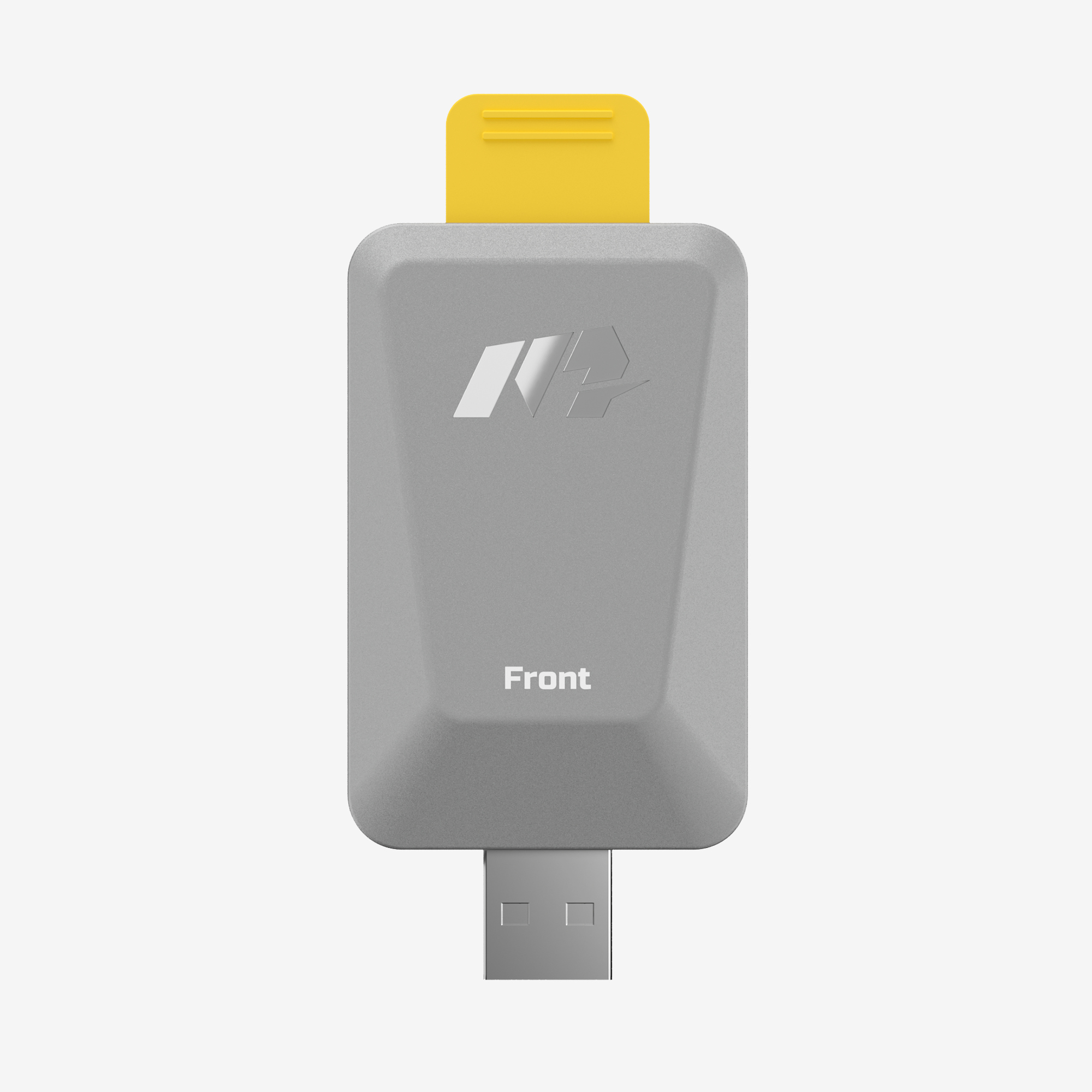

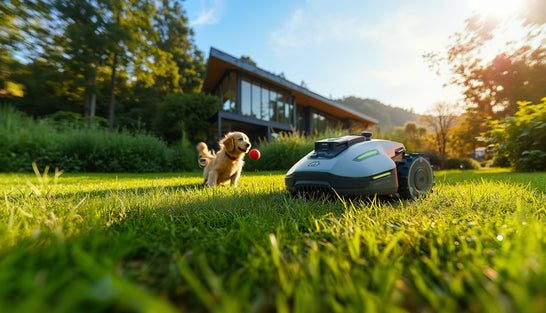
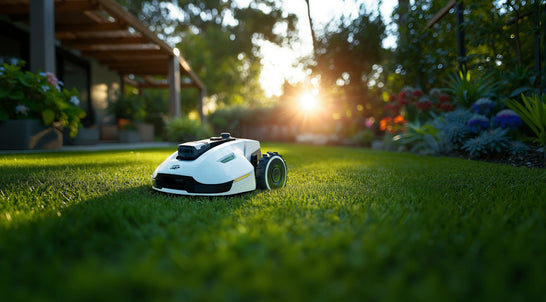
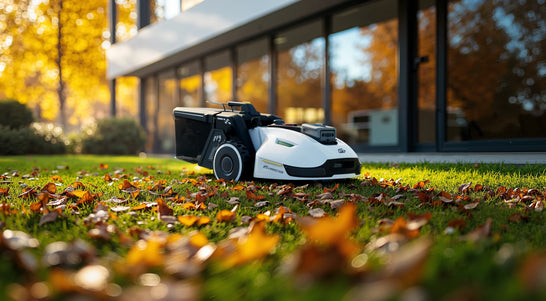

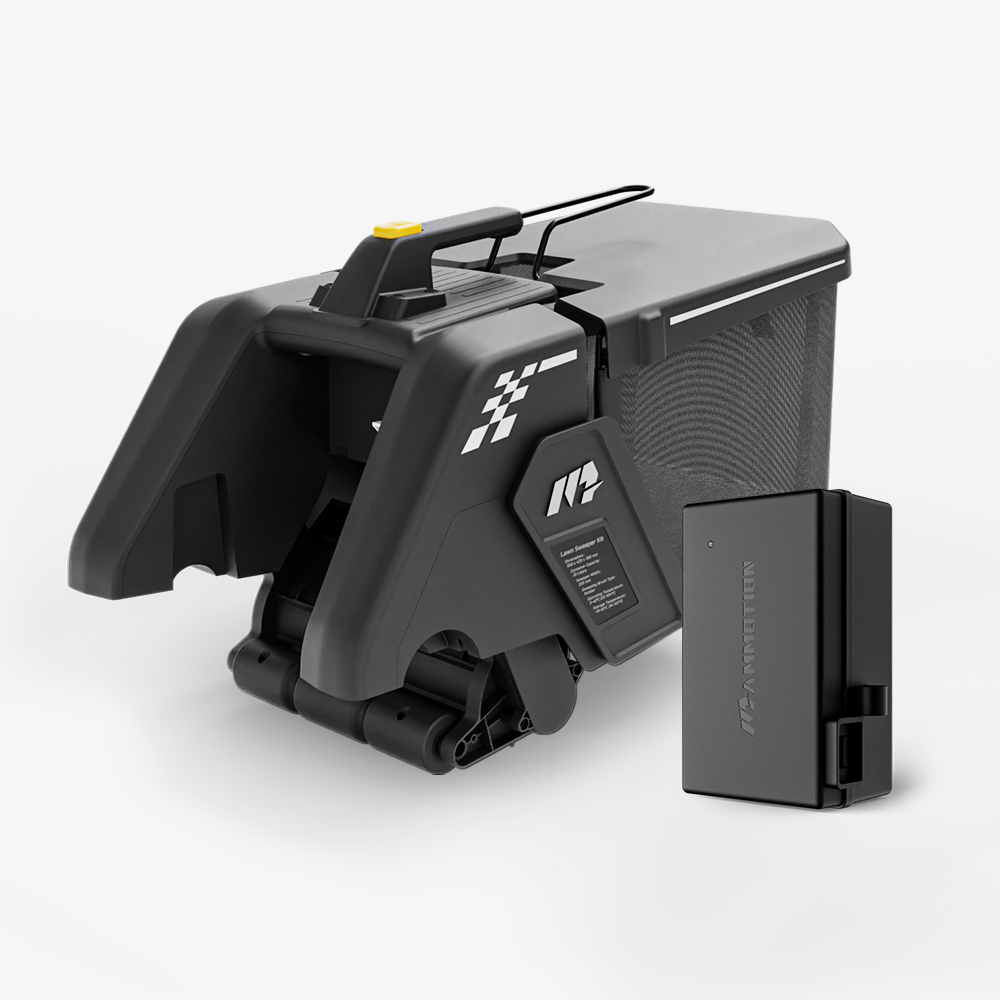
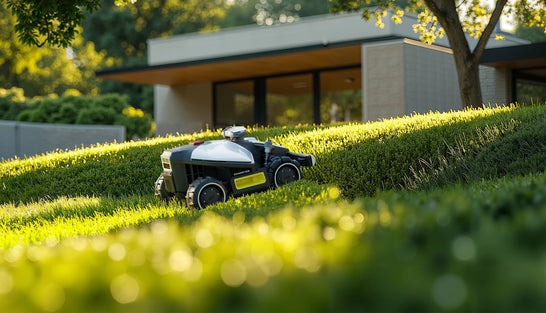
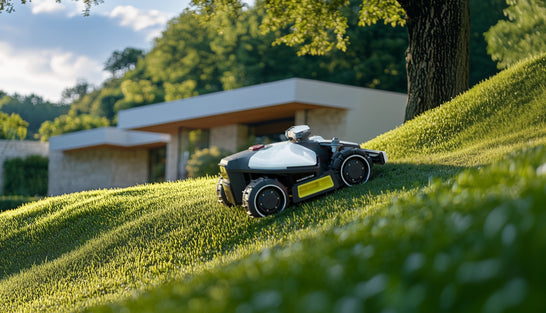
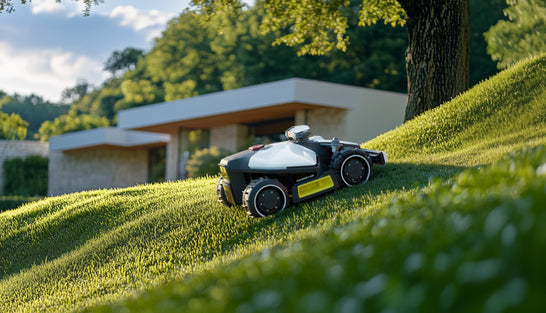
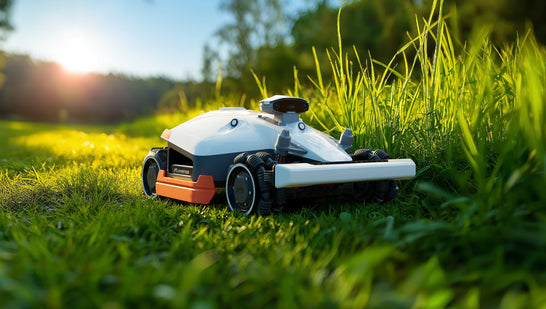
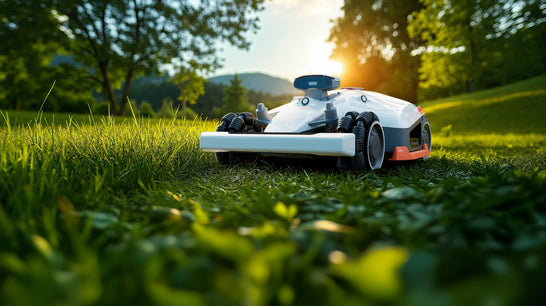
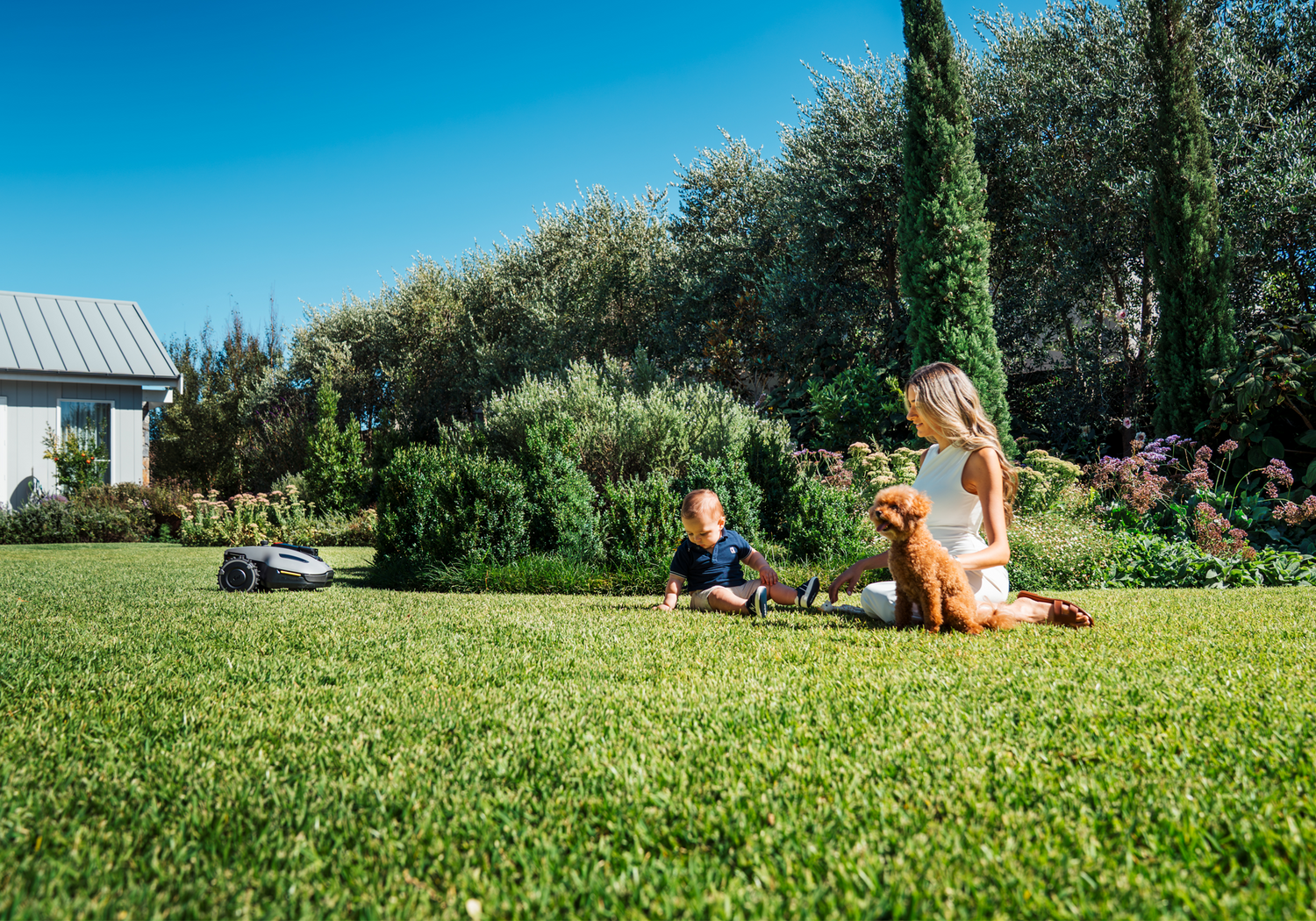

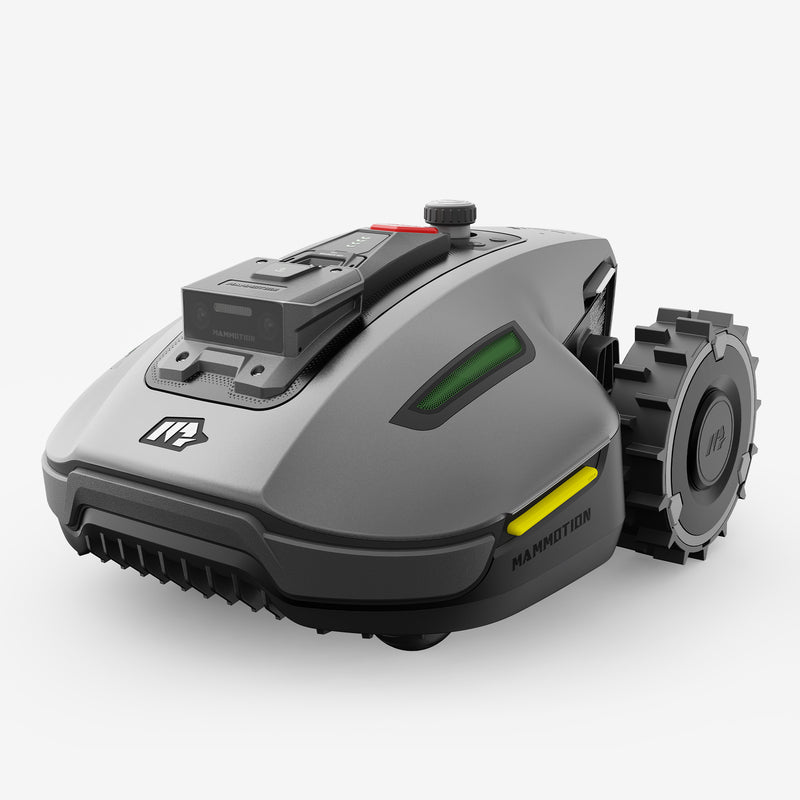
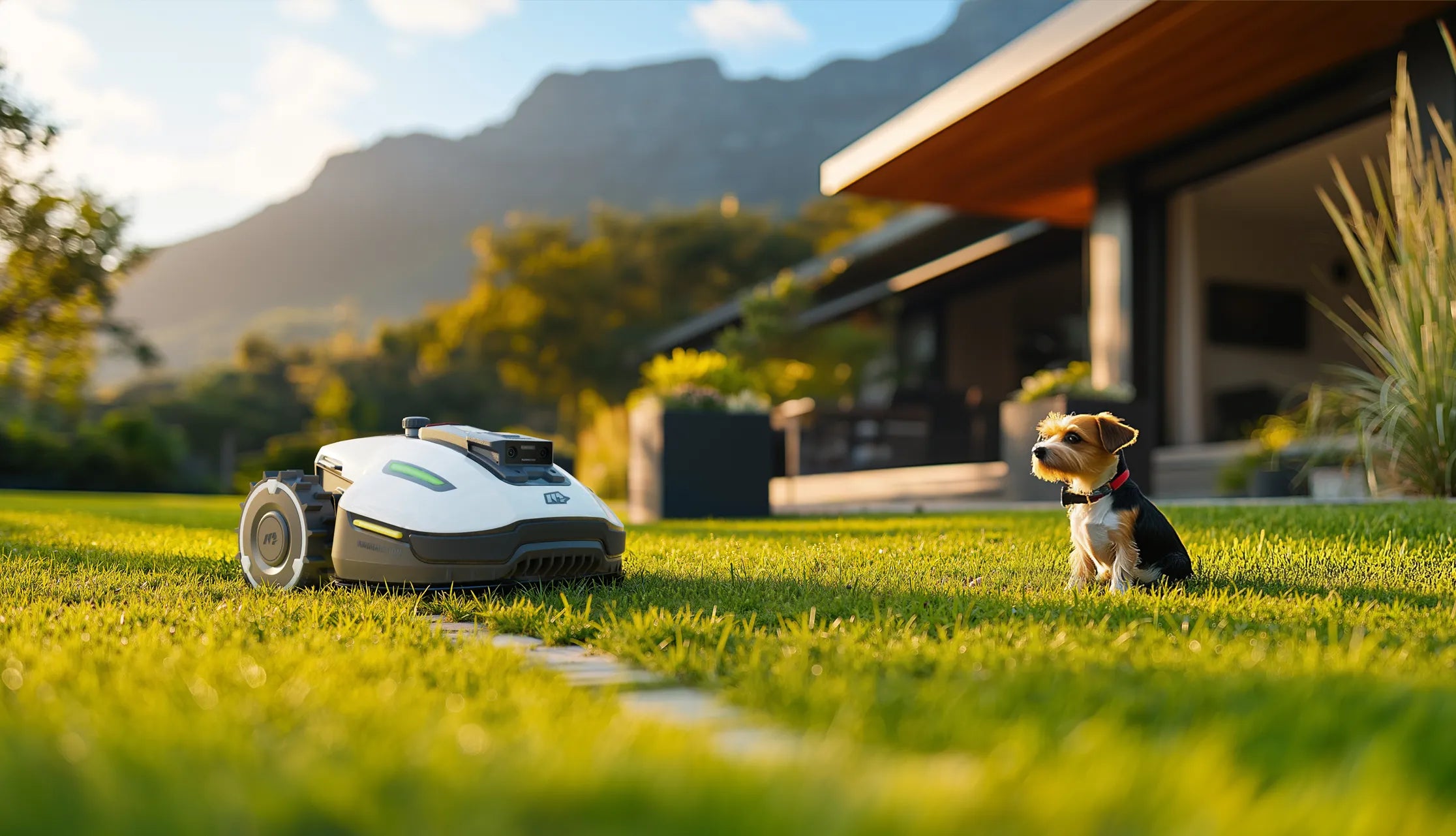
Leave a comment
This site is protected by hCaptcha and the hCaptcha Privacy Policy and Terms of Service apply.